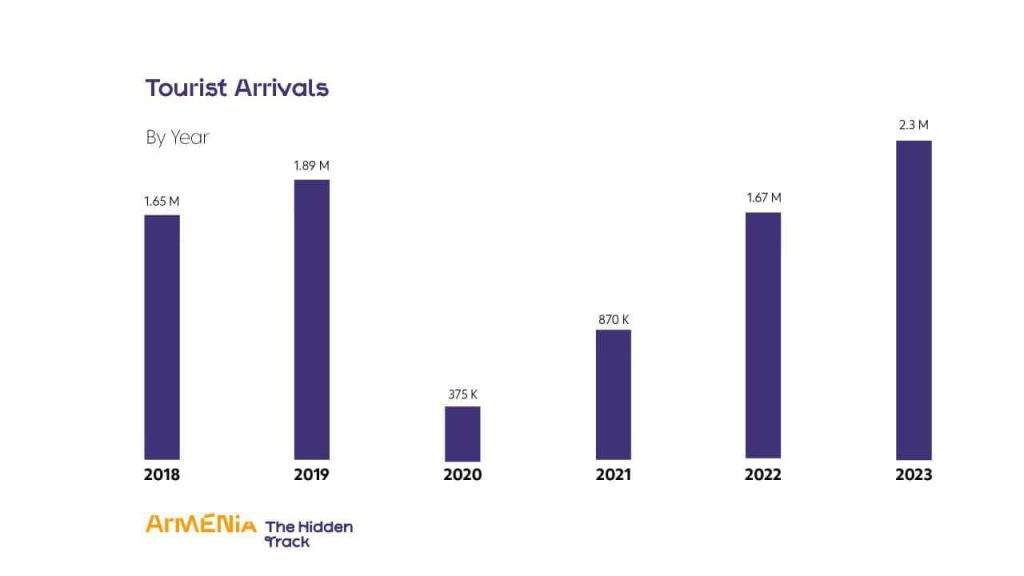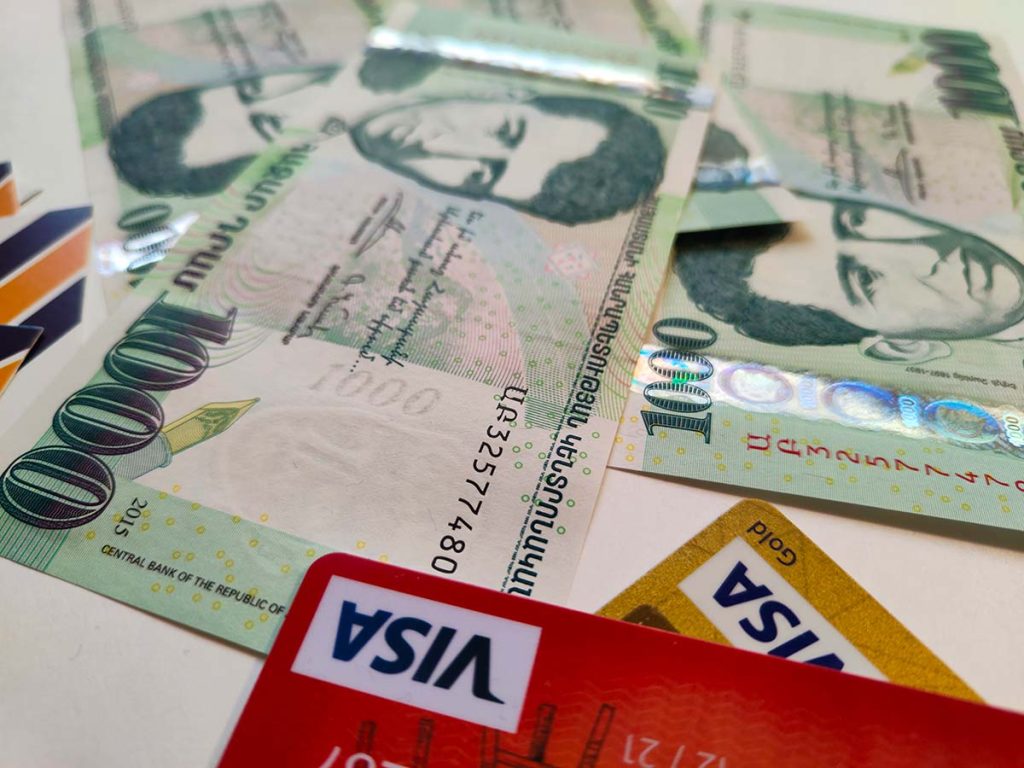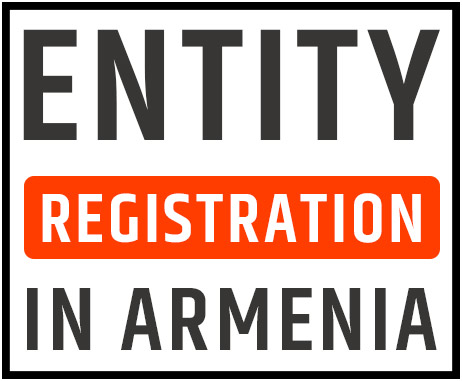Armenia's Global Presence

Despite being the smallest country in the Caucasus region, with a population of around 3 million people, Armenia still stands out with its economic growth and potential. Exploring the reasons behind this, you’ll discover innovation-driven entrepreneurs, bright researchers, scientists, and a strong network culture.
In 2023, Armenia scored several records across different sectors: startup ecosystem, investments, tourism, and more. Global reports mention the country in the context of rapidly growing economies, startups, and business opportunities.
Here, we explore Armenia’s role in the world and its different sectors based on extensive research.
Milestones Armenia Reached In 2023 Across Sectors
In recent years, Armenia has experienced consistent growth across various sectors. The country has increased gains in international business rankings and established itself as a tech powerhouse.
Positive trends continued in 2023 despite the unfavorable global economic environment. According to the International Monetary Fund, in the first half of the year, the economy grew by 10.5%, which is an outstanding indicator.
Let’s take a closer look at Armenia’s recent achievements and the factors driving economic growth.
Armenia’s Global Startup Index Advanced 3 Spots

Armenia has a long history of technological development and was often called the Silicon Valley of the Soviet Union. The country has been making strides in innovation and the startup ecosystem. Here are some facts:
- According to the Global Startup Ecosystem Report by StartupBlink, Armenia ranks first in the Caucasus region with a score twice as high as the next contender, Georgia. This indicator consists of three central elements: quality, quantity, and business environment.
- In 2023, Armenia’s startup ecosystem advanced 3 spots, ranking 15th in Eastern Europe and 57th globally.
- There are around 500 startups in the country, according to a report by Innotechnics.
- The government supports tech startups by offering tax incentives and other programs.
While the Armenian startup ecosystem is still in its early stages, there’s strong potential. Tech products originated in the country are successfully targeting the global market. The list of successful startups includes Armenian-founded unicorns Service Titan and Picsart, Renderforest, DISQO, Krisp, DeepCraft, Prelaunch, CodeSignal, and others. AI is the priority for startups and is a core technology for many products.
90% of Venture Money In the South Caucasus Region Came to Armenia
Armenia made some waves, drawing foreign investments. As much as 90% of the venture capital in Central Asia and South Caucasus came to the country in the first half of 2023. In addition, it takes the lead in terms of the number of deals, representing 33%.
Numerous international VC funds and angel investors made investments here.
The largest deal was $100M, received by robotics software developer Gecko Robotics. Other raises included Modicus Prime’s $1.1M in the pre-seed round, Pre Launch’s 1.5 M in seed round, and Viral Mango’s $250,000 in the pre-seed round. Among active VCs in Armenia are BigStory VC, Granatus Ventures, and Formula VC.
International Companies Continued to Open Offices in Armenia
Armenia’s tech sector has been experiencing a steady annual growth of 20% in recent years. There’s a rising number of international companies choosing to open offices in Armenia and hire an Armenian workforce. In 2023, Microchip Technology, a large microchip manufacturing company, joined the list. Other multinational tech companies operating in Armenia include NVIDIA, Adobe, Cisco, Miro, Microsoft, National Instruments, and others.
Since 2022, around 500 Russian tech companies have relocated or opened offices in Armenia. The influx of foreign companies significantly contributes to the expansion of Armenia’s IT industry and plays a large role in the country’s international business development.
Tourist Arrivals Reached a New All-Time High
The number of tourists visiting Armenia surpassed 2 million in 2023, setting a new record high. Most visitors are from Russia, Georgia, Iran, and the USA.

According to Armenian Economy Minister Vahan Kerobyan, the country is expected to have 2.5 million tourists per year by 2026. Armenia is one of the world’s fastest-growing tourist destinations, with an annual tourism growth rate of nearly 15%. There are many attractions here for tourists: UNESCO sights, impressive monuments, delicious cuisine, and a large range of activities. Armenia is also growing as a hub for digital nomads due to its cozy cafes and co-working places with quality WiFi, safe neighborhoods, and budget-friendly hotels/homestays. Getting a digital nomad visa in Armenia is easy. Nomads can register as sole proprietors and receive a one-year temporary residence permit.
Armenian Banking Sector Recorded High Profits
Banks all over the world faced international volatility in 2023. In Armenia, the banking system is well-positioned to manage risks. Armenian banks have strong funding and maintain a stable outlook. In the first half of 2023, the total net profit of Armenian banks stood at $142 billion, 25% up from the same time period in 2022. According to Moody’s, the liquidity metrics will remain robust for 2024.

At the same time, digitization is transforming the sector, boosting cashless transactions in Armenia. Various international payment apps are now available in Armenia: Apple Pay, Revolut Lite, Google Pay, and others. To innovate the country’s financial infrastructure, the Armenian Central Bank is exploring the issuance of CBDC.
International Trade Relationships Expanded
Armenia diversified its foreign trade relations. In the past 2-3 years, for example, mutual trade with the UAE saw a tenfold increase. The trade exchange rate between the countries reached over $1 billion, making the UAE one of Armenia’s top three trade partners, along with Russia and China.
Overall, from January to October 2023, foreign trade in Armenia increased by 41.2%, totaling $15.5 billion. There was recorded significant trade growth with Russia, Belarus, Kazakhstan, the European countries, China, the USA, and others.
Armenia exports precious metals, machinery, equipment and mechanisms, fruit and vegetables, alcoholic beverages, and vehicles. The list of imports includes petroleum gases and oils, medicaments, precious and semi-precious metals, machinery, equipment and mechanisms, textile products, and more.
The Share of Renewable Energy Increased
Armenia is one of the emerging markets for renewable energy production. According to data by ClimateScope, it ranks 29th out of 110 attractive markets for renewable energy. Globally, Armenia stands at 53 in power rankings, with a score of 2.02, surpassing the regional average of 1.88. Compared to 2021, the country has moved up by 3 places in these rankings.
With a sunny climate, Armenia has a huge potential to become the regional energy hub through solar energy production. There are huge developments in terms of investments, and the number of solar panels installed in Armenia is on the rise. In 2023, the first floating solar station was deployed on Lake Yerevan, while the UAE-based energy developer Masdar is currently developing a 200 MW solar farm in the country.
Given the pace of progress, the share of solar energy is expected to exceed 15% by 2023.
Education and Scientific Research Got More Funding
Armenian scientists contributed large inventions to the world. Color television, ATM, and MRI (magnetic resonance scanning machine) are just a few to mention.
The Armenian diaspora, along with state funding, plays a huge role in promoting innovation and education in the country.
A key figure in the field is FAST (the Foundation of Armenian Science and Technology), which connects Armenian and global scientific communities. Collaborating with universities and the business sector, FAST aims to create a favorable environment for competitive research. In the last 6 years, FAST has implemented 25 programs impacting more than 10,000 beneficiaries. The foundation’s ADVANCE program started in 2020, has provided funding for 60 researchers, including leaders from the US, Germany, France, and Chile.
In Armenia, there are opportunities for young learners, too. Teenagers can gain tech skills in Armenia at TUMO and Armath Engineering Labs. It’s expected that Armenia will increase state funding for the science sector in the coming years, supporting further growth.
Armenia Ranked 9th Among the Safest Countries In the World
According to the World Population Review 2023, Armenia is among the countries with the lowest crime rate in the world, taking 9th place. Qatar holds the 1st place, while Venezuela ranks last.
In Armenia, it is safe to walk around in different areas at different hours. Locals are hospitable, and street crimes are rare. However, it’s always recommended to follow basic personal safety measures, like paying attention to your belongings and learning the number of emergency calls.
Armenia’s legal system is working towards preventing crimes and moving up in the safety rankings.
High Tech Transformed Agriculture
Agriculture is a big part of the Armenian economy. Around 30% of workers in the country are employed in the agriculture sector. With favorable climate conditions, Armenia has high-value fruit and vegetable crops.

The adoption of modern technologies in Armenia has been increasing in recent years. The government has an action plan for 2020-2030 to expand agricultural output with modern technologies and export opportunities.
A major project to boost Armenia’s agriculture was the EU’s Green Agriculture initiative in Armenia. In terms of its “Women in Green Agriculture” program, over 200 agricultural business entities in Armenia have been provided with “green” and sustainable technologies. Armenian agritech startups are another driving force for agricultural growth.
It’s expected that the Agricultural Product Derivatives in Armenia will grow at an annual growth rate of 4.97% and exceed $4 billion by 2028.
Construction in Armenia Intensified
Construction in Armenia was booming in 2023. According to the Eurasian Economic Union, the country scored the highest growth rate of 48.9% in the region. Housing construction was the most active, followed by the construction of electricity, natural gas, steam and air conditioning facilities, and transport infrastructure.
Compared to 2023, construction volumes increased by 12.5%. 43.3% of this amount was concentrated in the capital, Yerevan, and 11.8% in the Kotayk region. The picture may start to change in 2025, given the government policy update on mortgage loans.
Due to the registered growth, the real estate sector has become an attractive investment sector for both local and foreign companies. The construction pace is expected to remain high in 2024, driven by current demand.
Corporate Tax Rate Stayed Below Global Average
Tax relations in Armenia are regulated by the Tax Code. In recent years, there have been reforms and programs for businesses in different sectors.
According to international rankings, Armenia is the 64th by overall tax burden with an index of 22.51%. The index measures direct and overall taxes measured by the government. In terms of corporate tax rates, Armenia ranks 158th with a corporate tax rate of 18%. Armenia’s corporate tax index is below the global average of 24.1%. The income tax rate of 22% is also below the global average of 30.3%.
The Armenian government has a revenue management plan for 2022-2025, with an aim to bring changes to the system and improve the business environment.
Per Capita Income Reached New Highs
Living standards in Armenia have improved. In 2023, the country’s gross domestic product per capita exceeded the USD 8,000 mark, the highest for the South Caucasus region.
GDP per capita is an economic term that measures access to average economic output per person. This indicator is expected to grow by 45.63% by 2028 and reach $12,000.
Percentage of Women in the Workforce Increased
The number of women in the workforce has increased in recent years. According to a study by experience management company Quadrix, Armenia has the highest percentage of women in the workforce among 180 countries.
Data collected from the World Bank’s World Development Indicators database states that 52.56% of the workforce in Armenia is female. However, there’s a gender pay gap, with men earning more than women.
Different national and international legal programs in Armenia protect women’s rights and promote gender equality.
Final Thoughts
With its unique challenges and growth perspectives, Armenia has a special place in the world. The country is a home for bright ideas, ambitious startups, a skilled workforce, historical heritage, and international investments.
Armenia has been moving upward in world rankings, reflecting growing trade, technological developments, construction, and other areas. Its growth will remain strong for 2024 and the upcoming years.
Author: Anahit Avetisyan


